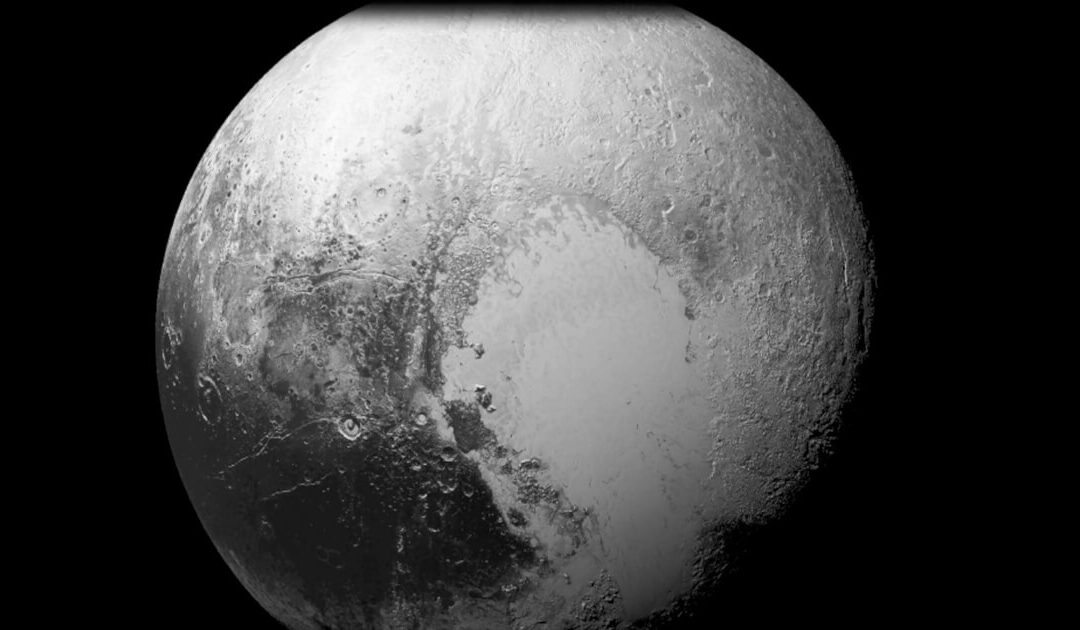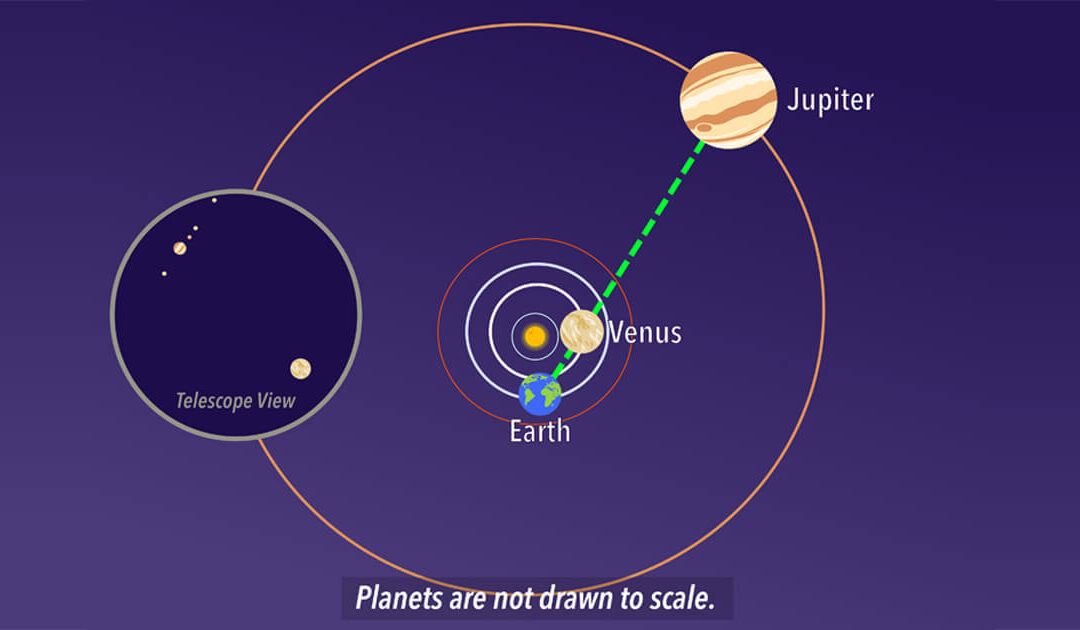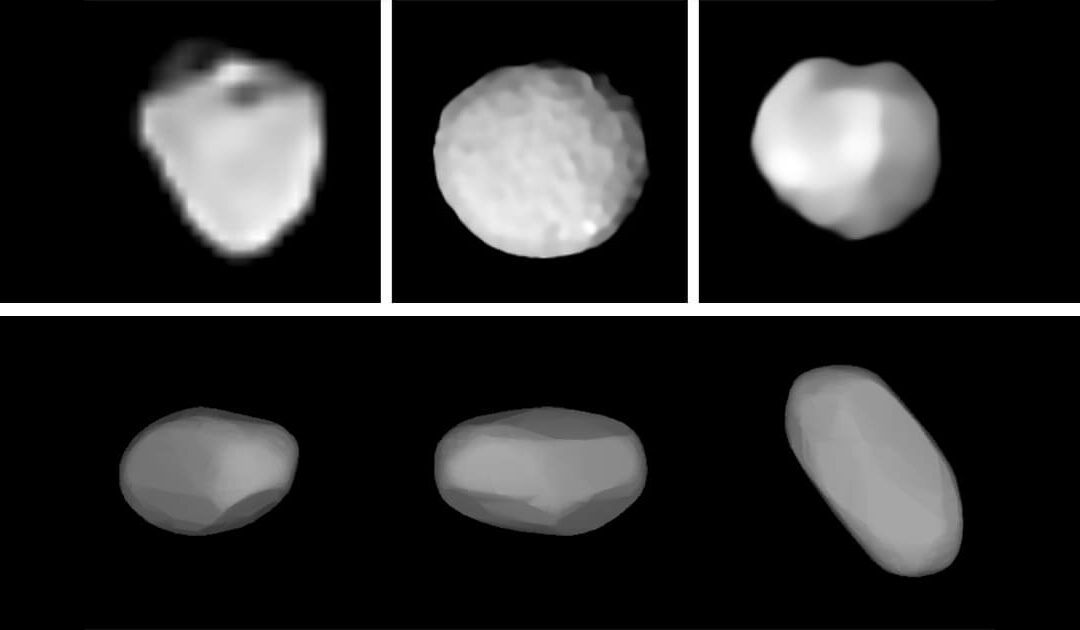There is an abundant and unfortunate market based on trying to attract other people. “Pickup artists” have playbooks and podcasts and supplements.


Is Love in the Air? The science of pheromones
February 14, 2025
There is an abundant and unfortunate market based on trying to attract other people. “Pickup artists” have playbooks and podcasts and supplements. A popular product you might see advertised in these circles are pheromone-based colognes or perfumes ![]() . A pheromone
. A pheromone ![]() is a chemical that is externalized by one organism and processed by another member of the same species to evoke a response. But colloquially, pheromones are almost thought of as love potions. Do these advertisers have a point? Moths have been shown to use pheromones to track and reach potential mates almost 30 miles away
is a chemical that is externalized by one organism and processed by another member of the same species to evoke a response. But colloquially, pheromones are almost thought of as love potions. Do these advertisers have a point? Moths have been shown to use pheromones to track and reach potential mates almost 30 miles away ![]() . Here is the thing, though: humans are not moths. As a matter of fact, there is actually no proof that humans even have pheromones.
. Here is the thing, though: humans are not moths. As a matter of fact, there is actually no proof that humans even have pheromones.
This might come as a huge surprise, but pheromones are much more common in insects than mammals, and evidence of pheromones in humans is controversial at best. Also important to note in the species that assuredly do have them, pheromones have varied functions that go beyond sexual attraction. For instance, queen bees use pheromones ![]() to convey roles to the worker bees in the colony.
to convey roles to the worker bees in the colony.
Some have alleged that pheromones are detected via the vomeronasal organ (VNO) in mammals. However, it is widely thought ![]() that humans do not possess a functional VNO. Meaning, we likely don’t have the necessary component to detect and respond to pheromones even if they were present. Moreover, no compound has been identified
that humans do not possess a functional VNO. Meaning, we likely don’t have the necessary component to detect and respond to pheromones even if they were present. Moreover, no compound has been identified ![]() as a human pheromone to date—not a single one.
as a human pheromone to date—not a single one.
So where do these notions of human pheromones leading to sexual conquest originate from? There are some studies about olfactory cues (smells) that could be seen as having pheromone-like properties in the ways they elicit behavior. In one oft-quoted study ![]() , for example, women were shown to be attracted to particular men based on the smell of a T-shirt they wore (un-deodorized) for two nights. However, there are an important couple of caveats here. First, olfactory cues are not necessarily the same thing as pheromones. Second, these studies have largely consisted of subtle effects in small groups
, for example, women were shown to be attracted to particular men based on the smell of a T-shirt they wore (un-deodorized) for two nights. However, there are an important couple of caveats here. First, olfactory cues are not necessarily the same thing as pheromones. Second, these studies have largely consisted of subtle effects in small groups ![]() and the replication of these results (repeated similar outcomes from the subsequent experiments) can be hard to come by.
and the replication of these results (repeated similar outcomes from the subsequent experiments) can be hard to come by.
Now you might be asking, do humans have pheromone-like functionalities or not? Well, the full answer is we do not know. The evidence is really controversial, and no compound has been identified solidly as a human pheromone. Thus, don’t feel compelled to buy those “pheromone-based” colognes and perfumes, and rest assured, this Valentine’s Day, you may wear deodorant and still find a mate.

Stargazing: Pluto Anniversary – New Definition of a Planet
A small icy world at the outer reaches of our solar system revolved as the center of attention and consternation on August 24, 2006. The subject of that year’s gathering of the International Astronomical Union (IAU) would bring professional astronomers and science...

Stargazing: Perseids and Venus-Jupiter Conjunction
This time of year is usually the moment to break out the lawn chairs for the annual spectacle of the Perseid meteor shower. Home > Blog ...

Stargazing: August Asteroids
Several large asteroids will have their brightest showings of the year through August. Home > Blog Between the planetary orbits...

Stargazing: Crescent Moon by Spica
On the evening of July 30, one of the bluest stars in the sky will gleam just above the waxing crescent moon. Spica is a blue giant star and the brightest in the constellation Virgo. Home > Blog [acf...

Stargazing: Scorpius
Soaring through July skies is an ancient arachnid known for its sting. Scorpius the Scorpion, with its distinctive curved spine and stinger poised to strike, holds a large profile low to the southern horizon. Its Latin name translates to the “creature with the...

Stargazing: Vega – Anniversary of First Photo of Star Taken
On July 17th, 1850, the first photograph of a star other than our Sun was taken. Home > Blog Brilliant Vega is the brightest...

Dr. Doug Henry Q&A
The following is a conversation with Dr. Henry about working in the mental health field and tips on improving mental health every day. Home > Blog Dr. Doug Henry Q&A Vice President and Medical Director,...

Stargazing: Pittsburgh Goes to the Moon
This year celebrates the 56th anniversary of the first moon landing. On July 20, the world watched as Neil Armstrong and Buzz Aldrin stepped onto the surface of the moon. Home > Blog [sv...

Dr. Amy Welsh Q&A
The following is a conversation with Dr. Amy Welsh about her background and her perspective on the sensational dire wolf story. Home > Blog Dr. Amy Welsh Q&A West Virginia University School of Natural...

Stargazing: Noctilucent Clouds
Summer is the season to spot rare and luminescent Noctilucent Clouds. From May to early August, these ethereal clouds show their best displays thirty minutes after sunset or before sunrise. Home > Blog [acf...


